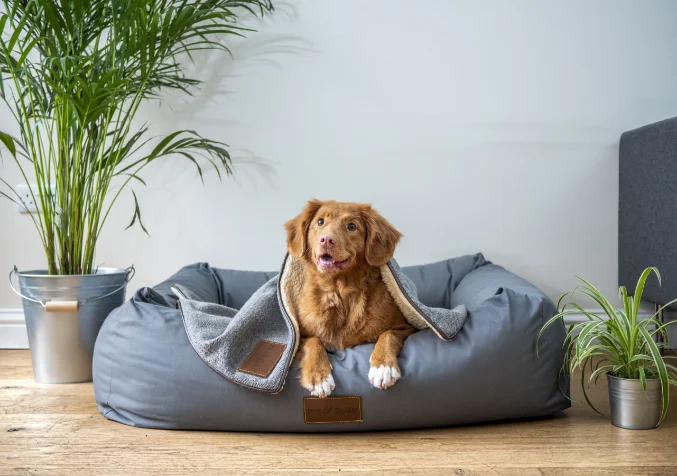Effective Cleaning and Maintenance Tips to Reduce Allergens at Home
Published on Jun 29, 2023

You can't control the outside elements.
But if you're an asthma or allergy sufferer, you should feel protected in your own home.
We have some amazing tips to keep your home as trigger free as possible.
The 5 Most Common Allergens You'll Find at Home
1. Mould
Mould doesn't just look ugly; it has ugly effects on your health as well.
Mould spores are known to trigger allergic or histamine reactions, including a runny nose, breathing issues, sore eyes and lethargy.
Don't reach for the bleach if you're cleaning up mould yourself. You can treat smaller mould contaminations with a 1:1 vinegar and water solution. Wipe down, let it dry and repeat if needed.
Mould needs humidity to thrive. These are a few things you can do to prevent mould in your home.
- Use DampRid or a dehumidifier in smaller spaces to remove moisture and inhibit mould growth.
- While showering, you should always use exhaust fans and ideally leave the fan running for at least 10 minutes after you step out of the shower to minimise condensation.
- Let fresh air circulate in your home as much as possible.
- Clean smaller infestations when you spot them.
You'll need to seek expert advice if your infestation is severe. An expert will treat the mould with specialised antibacterial and antifungal solutions, mist the air to treat spores and provide advice on the reason for the mould infestation.
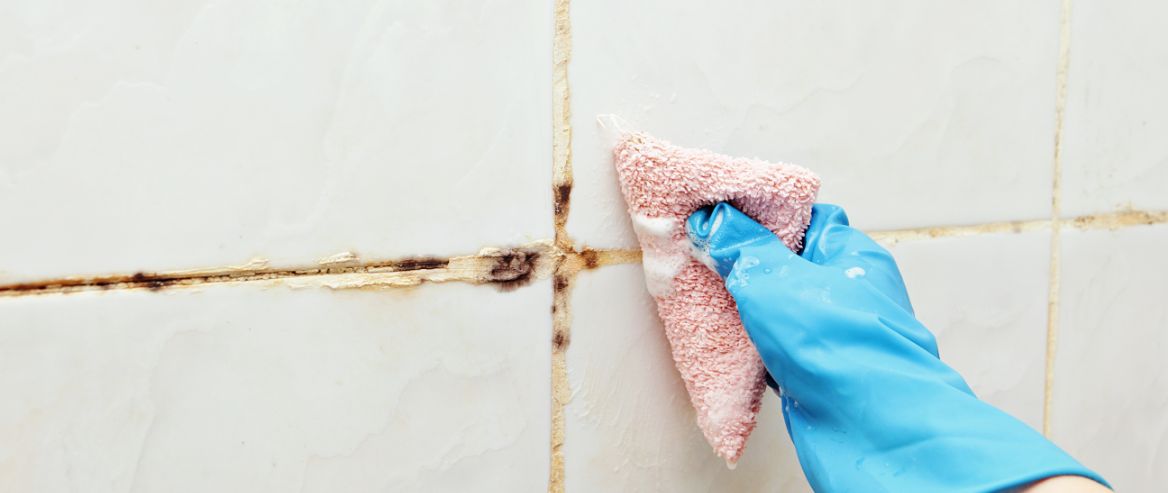
RECOMMENDED READING
The Ultimate Guide to Preventing and Removing Mould in Your Home2. Pet Dander and Hair
Usually, it's the pet hair or the dander they shed that triggers allergies. But even the mention of a cat or dog can make some people's eyes water.
If you are thinking about bringing a pet into your home, ensure it is a short-haired one. They shed less than others.
When you're vacuuming your carpet, a HEPA (High-Efficiency Particulate Air), filter vacuum will target pet dander effectively as it can successfully pick up smaller particles. HEPA vacuums are much more affordable than they used to be, and they're worth every cent.
We recommend your pet not share the bed with you and that you always keep the pet well-groomed. Clip those nails, bathe them regularly and don't forget to wash their bedding frequently.
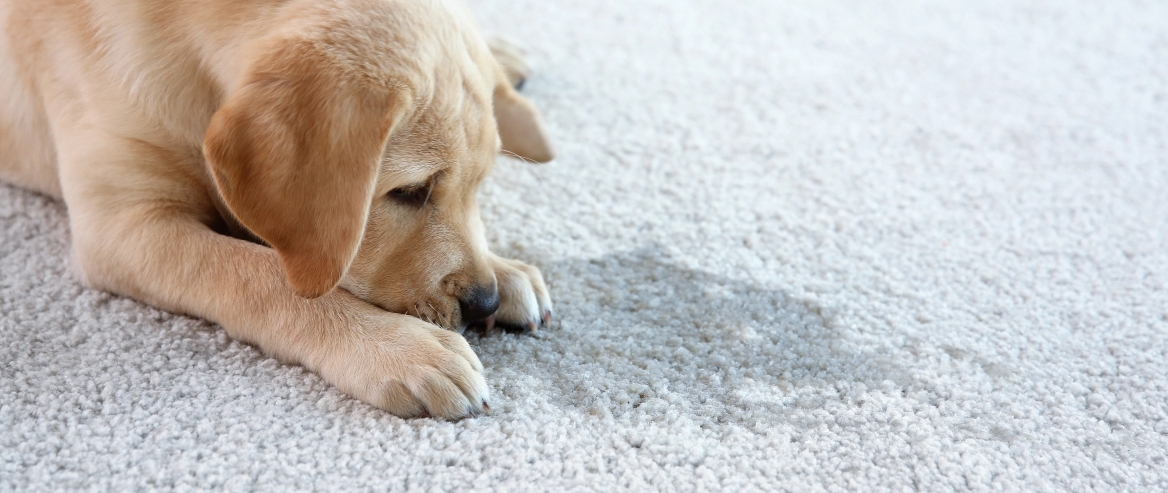
RECOMMENDED READING
How to Remove Pet Wee Odour From Carpet3. Pollen
Pollen is a common outdoor allergen, but it can also find its way indoors. Open windows, doors, and ventilation systems can allow pollen to enter your home and cause allergic reactions. It's particularly problematic during allergy seasons when certain plants release large amounts of pollen into the air.
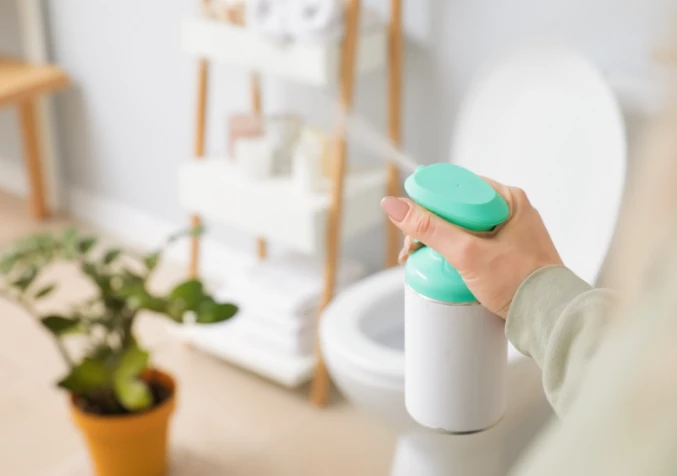
4. Chemical Irritants
Certain chemicals and volatile organic compounds (VOCs) found in cleaning products, air fresheners, paints, and pesticides can cause allergic reactions and respiratory irritation in some individuals. These irritants can be present in indoor air, especially in poorly ventilated spaces.

5. Dust Mites
There are thousands of dust mites taking up residence in your home right now.
These pests excrete twice their body weight daily, and it's this excrement that creates health issues. It contains 17 separate allergens and 7 active enzymes that may enter our lungs and respiratory system, causing an allergic reaction.
They thrive in a warm, dark environment, which is why your mattress is one of their favourite places to live and feast on the dead skin cells we shed while we sleep.
These are some great ideas:
- Make sure your mattress has a cover on it.
- Once a season, take your mattress out into the sunshine for an hour or two to kill off any nasties.
- Make sure you are washing your bed linen regularly and invest in a good-quality mattress protector.
- Ventilate as much as you can – dust mites hate UV light, so circulating fresh air will do wonders.
- Vacuum weekly to keep allergens low.
- Consider a professional clean for optimum results.
7 Allergen Hotspots in Your Home
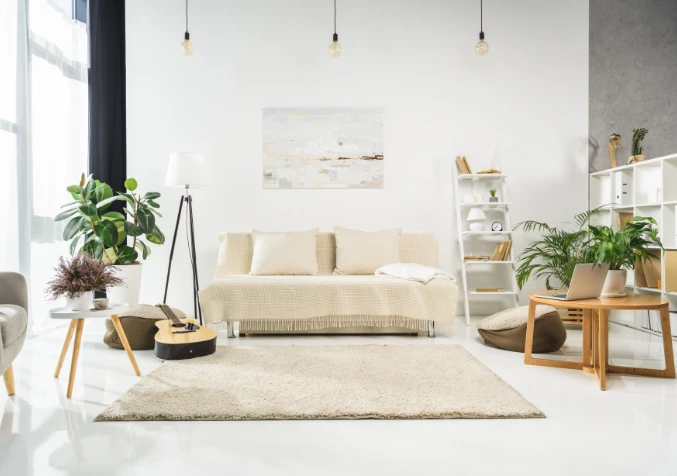
Allergens can lurk in various areas of your home, triggering allergic reactions and impacting indoor air quality. By identifying these common allergen hotspots, you can take targeted measures to reduce allergen exposure and create a healthier living environment. Here are some areas to pay close attention to:
Hotspot #1 Bedroom
- Mattresses and pillows: Dust mites are a common allergen found in bedding. Encasing mattresses and pillows in allergen-proof covers can help minimise exposure.
- Bedding: Wash sheets, pillowcases, and blankets regularly in hot water to eliminate dust mites, pollen, and pet dander.
- Carpets and rugs: These can harbour dust mites and pet dander. Consider removing carpets or vacuuming them regularly with a HEPA-filtered vacuum cleaner.
Hotspot #2 Living Room
- Upholstered furniture: Sofas, armchairs, and cushions can accumulate allergens such as dust mites, pet dander, and pollen. Vacuum upholstery regularly and consider using allergen-resistant covers.
- Curtains and blinds: Dust can accumulate on fabric window coverings. Regularly wash or vacuum curtains, and wipe down blinds to remove allergens.
- Indoor plants: Some plants release pollen or harbour mould, which can trigger allergies. Opt for low-allergen plants or artificial alternatives.
Hotspot #3 Kitchen
- Food storage areas: Keep pantry items in sealed containers to prevent attracting pests like cockroaches, which can cause allergic reactions.
- Sink and countertops: Dampness in these areas can encourage mould growth. Clean and dry them thoroughly to prevent mould spores from becoming airborne.
Hotspot #4 Bathroom
- Shower and bathtub: Regularly clean and dry these areas to prevent mould and mildew growth.
- Ventilation: Ensure proper ventilation to reduce moisture and prevent mould growth. Use exhaust fans or open windows when showering.
Hotspot #5 Your Air Conditioner
- If you haven't cleaned the air conditioner for an extended period, there could be a buildup of mould and other contaminants in there, which may be blown around your home (and into your airways) every time you turn it on.
- You should clean your air conditioner filters once or twice a year and ensure you follow the manufacturer's manual to ensure you don't void your warranty.
- Electrodry Air Conditioner Cleaning provides services that can ease the severity of your allergy triggers. A clean home generally equals less dust and bacteria to help allergy-proof your home.
Hotspot #6 Pet Areas
- Pet bedding: Wash pet bedding regularly to reduce pet dander and allergen buildup.
- Pet grooming: Regularly brush and bathe pets to minimise shedding and dander.
Hotspot #7 Cluttered Areas
- Clutter can trap dust and make cleaning more challenging. Keep your home organised and clutter-free to reduce allergen accumulation.
Remember, regular cleaning, proper ventilation, and controlling moisture levels are key to reducing allergens throughout your home. By paying attention to these common allergen hotspots, you can create a healthier living environment for yourself and your family.
8 Easy Ways to Reduce Allergens at Home
Creating a safe and healthy home environment is crucial for individuals with allergies or respiratory conditions. By reducing allergens in your living space, you can minimise the risk of allergic reactions and improve indoor air quality. In this blog post, we will explore some effective tips to help you reduce allergens and create a more allergy-friendly home.

Tip #1 Keep Your Home Clean
- Regularly vacuum carpets, rugs, and upholstery using a vacuum cleaner equipped with a HEPA filter.
- Dust surfaces with a damp cloth to prevent allergens from becoming airborne.
- Wash bedding, including sheets, pillowcases, and blankets, in hot water at least once a week to eliminate dust mites.
Tip #2 Control Humidity Levels
- Maintain optimal humidity levels between 30% and 50% to discourage mould and dust mite growth.
- Use a dehumidifier in damp areas, such as basements, bathrooms, and laundry rooms.
- Fix any leaks or plumbing issues promptly to prevent moisture buildup.
Tip #3 Implement Proper Ventilation
- Open windows and use exhaust fans when cooking or showering to remove excess moisture and odours.
- Ensure that your home's ventilation system is clean and functioning properly.
- Consider using an air purifier with a HEPA filter to capture airborne allergens.
Tip #4 Minimise Pet Allergens
- Designate pet-free zones in your home, especially in bedrooms and other areas where you spend a lot of time.
- Bathe pets regularly to reduce dander and allergens on their fur.
- Wash pet bedding frequently, and consider using hypoallergenic bedding materials.
Tip #5 Maintain a Clutter-Free Environment
- Clutter can trap dust and allergens, making it more challenging to keep your home clean.
- Regularly declutter and organise your living space to minimise potential allergen buildup.
- Use allergen-proof covers for items that are difficult to clean, such as mattresses and pillows.
Tip #6 Pay Attention to Indoor Plants
- Some indoor plants may release pollen or harbour mould, triggering allergies.
- Choose low-allergen plants, such as ferns or palms, or opt for artificial plants instead.
- Keep plants clean and free from dust by wiping their leaves regularly.
Tip #7 Change Air Filters Regularly
- Replace air filters in your HVAC system as recommended by the manufacturer, usually every three months.
- Use high-quality filters with a MERV (Minimum Efficiency Reporting Value) rating of 8 or higher to trap allergens effectively.
Tip #8 Reduce Outdoor Allergens
- Take off your shoes when entering the house to prevent tracking in pollen and other outdoor allergens.
- Shower and change clothes after spending time outdoors to avoid bringing allergens inside.
- Check local pollen forecasts to plan outdoor activities during periods of lower allergen levels.
Reducing allergens at home is essential for creating a comfortable living space for individuals with allergies or respiratory sensitivities. By following these effective tips, you can significantly minimise allergens, improve indoor air quality, and create a more allergy-friendly environment for yourself and your family. Implement these strategies consistently to enjoy a healthier and happier home. For more tips, check out our article on how to keep your home allergen-free all year round.
Other Ways to Minimise Allergies
- Consistently vacuum the carpets, soft furnishings and wood/tiled floors.
Dry your clothes outside if possible. - Pick an indoor plant like the Philodendron or a palm variety to improve air quality. Some plants produce pollen as part of their reproductive process, so do your research.
- A professional carpet cleaning service is a fantastic idea once a year for allergy sufferers. A professional technician will have the equipment and experience to ensure your mattress, carpet, and upholstery are allergy-proof.
